
Bimini: The Jewel of The Bahamas
Discover Bimini, The Bahamas' hidden gem, where pristine beaches, world-class fishing, and rich history await just a short trip from Miami.
Bimini, a small island chain in The Bahamas, is a hidden gem waiting to be explored. Known for its pristine beaches, crystal-clear waters, and vibrant marine life, Bimini offers a serene escape from the hustle and bustle of everyday life. The island is just 50 miles from Miami, making it an easy and quick getaway for those looking to immerse themselves in natural beauty and rich history. Bimini is famous for its world-class fishing and diving spots. Anglers from around the globe flock here to catch big game fish, while divers can explore underwater caves, shipwrecks, and the mysterious Bimini Road. The island's warm waters are home to a diverse array of sea creatures, making every snorkeling or diving expedition an unforgettable adventure. Beyond its natural attractions, Bimini is steeped in history. The island was a favorite haunt of Ernest Hemingway, who drew inspiration from its tranquil surroundings. Visitors can explore the Bimini Museum to learn more about the island's past, including its role in Prohibition-era rum running. With its friendly locals, charming atmosphere, and stunning landscapes, Bimini is a must-visit destination for any traveler to The Bahamas.
Local tips in Bimini
- Visit between December and April for the best weather and to avoid hurricane season.
- Bring cash, as some smaller establishments may not accept credit cards.
- Rent a golf cart to explore the island easily and enjoy scenic views.
- Don't miss the chance to try the local conch salad, a Bahamian delicacy.
- Check out the Bimini Museum to learn about the island's rich history and culture.
Bimini: The Jewel of The Bahamas
Bimini, a small island chain in The Bahamas, is a hidden gem waiting to be explored. Known for its pristine beaches, crystal-clear waters, and vibrant marine life, Bimini offers a serene escape from the hustle and bustle of everyday life. The island is just 50 miles from Miami, making it an easy and quick getaway for those looking to immerse themselves in natural beauty and rich history. Bimini is famous for its world-class fishing and diving spots. Anglers from around the globe flock here to catch big game fish, while divers can explore underwater caves, shipwrecks, and the mysterious Bimini Road. The island's warm waters are home to a diverse array of sea creatures, making every snorkeling or diving expedition an unforgettable adventure. Beyond its natural attractions, Bimini is steeped in history. The island was a favorite haunt of Ernest Hemingway, who drew inspiration from its tranquil surroundings. Visitors can explore the Bimini Museum to learn more about the island's past, including its role in Prohibition-era rum running. With its friendly locals, charming atmosphere, and stunning landscapes, Bimini is a must-visit destination for any traveler to The Bahamas.
When is the best time to go to Bimini?
Iconic landmarks you can’t miss
Hilton at Resorts World Bimini
Discover the epitome of luxury and adventure at the Hilton at Resorts World Bimini, a stunning resort in the heart of the Bahamas offering breathtaking views and unforgettable experiences.

Virgin Voyages’ the Beach Club at Bimini
Experience the ultimate tropical getaway at Virgin Voyages’ the Beach Club at Bimini, where stunning beaches meet vibrant nightlife and luxury amenities.
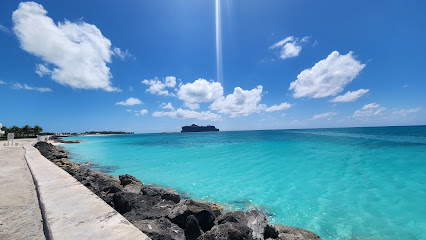
Radio Beach
Experience the serene beauty of Radio Beach in Alice Town - a hidden gem perfect for relaxation, sunbathing, and enjoying the stunning Bahamian coastline.

Bimini Big Game Club Resort & Marina
Experience the vibrant beauty of Bimini at the Bimini Big Game Club Resort & Marina, where relaxation meets adventure in a tropical paradise.

Stuart Conch Salad Stand
Discover the authentic taste of the Bahamas at Stuart Conch Salad Stand, famous for its fresh conch salad and vibrant local atmosphere.
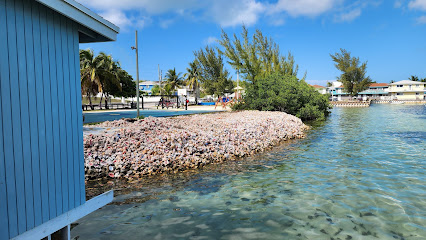
Bimini Cruise Port
Discover the beauty and adventure awaiting you at Bimini Cruise Port, the vibrant gateway to the stunning Bimini Islands.
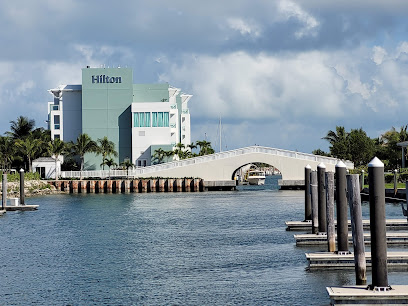
Joe's Conch Stand
Discover the vibrant flavors of the Bahamas at Joe's Conch Stand in Bailey Town, a must-visit for conch lovers and food enthusiasts alike.
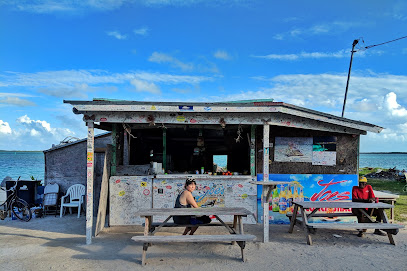
Bimini Big John's
Experience the flavors of the Bahamas at Bimini Big John's, where live music and local cuisine create an unforgettable dining experience.
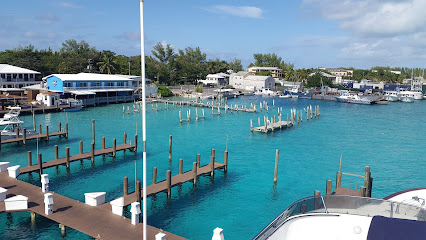
Edith's Pizza
Discover the mouthwatering flavors of Edith's Pizza in Bailey Town, where every slice is a taste of tropical bliss.
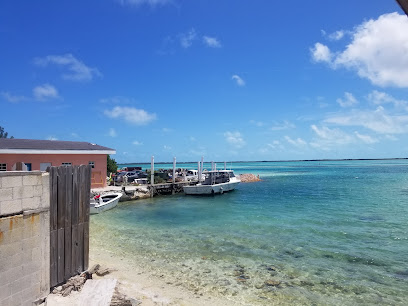
Bimini Cove Resort & Marina
Discover the serene beauty and adventure at Bimini Cove Resort & Marina, your tropical paradise in South Bimini.
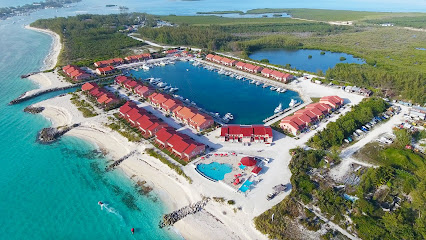
Fisherman's Village Marina
Discover the vibrant culture and exhilarating water activities at Fisherman's Village Marina in Bailey Town, the ultimate Bahamian paradise.
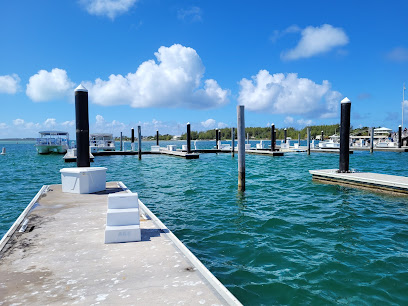
Nate's Bimini Breads
Discover the enchanting flavors of Nate's Bimini Breads in Bailey Town, where authentic Bahamian baked goods await every visitor.
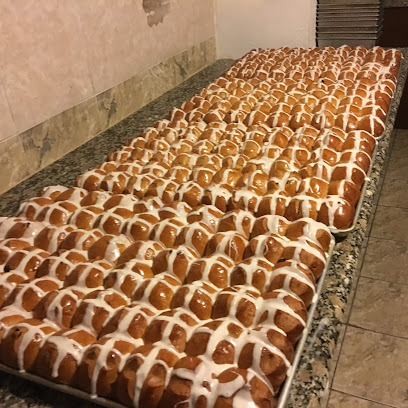
My 3 Daughters Restaurant
Discover the authentic taste of the Bahamas at My 3 Daughters Restaurant in Bailey Town, where fresh ingredients and warm hospitality meet.
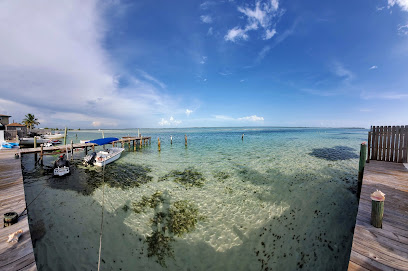
Dolphin House Museum / $10pp
Explore the Dolphin House Museum in Bimini for an unforgettable journey through Bahamian art, history, and culture.
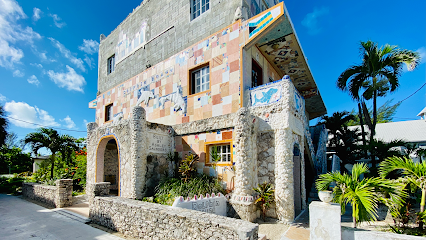
Big Mike’s Fresh Conch Salad
Discover the vibrant flavors of the Bahamas at Big Mike's Fresh Conch Salad, where fresh seafood meets local culture in Alice Town.
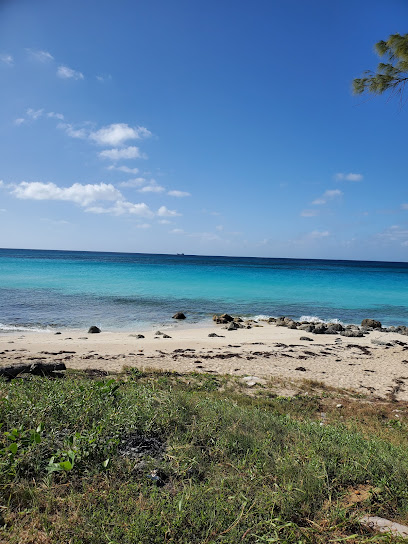
Unmissable attractions to see
Luna Beach Club
Experience the ultimate beach getaway at Luna Beach Club in Bailey Town, where relaxation meets adventure in a tropical paradise.
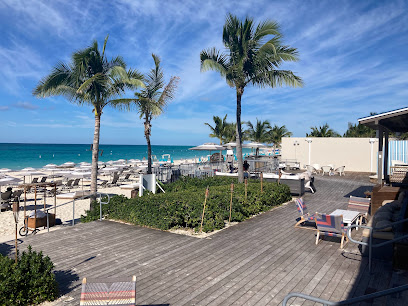
Dolphin House Museum / $10pp
Explore the Dolphin House Museum in Bimini: Where History, Art, and Culture Converge in a Unique Island Experience.
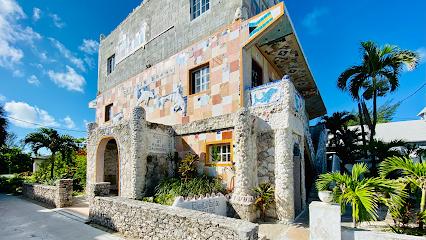
Bimini Blue Adventures
Experience the thrill of the Bahamas at Bimini Blue Adventures, where adventure meets breathtaking beauty in the heart of the Caribbean.
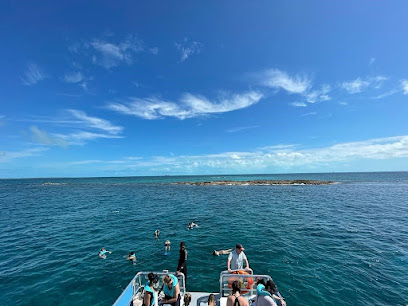
Kayak Beach
Discover the tranquility and adventure at Kayak Beach, a stunning oasis in Bailey Town perfect for kayaking, swimming, and unwinding in paradise.
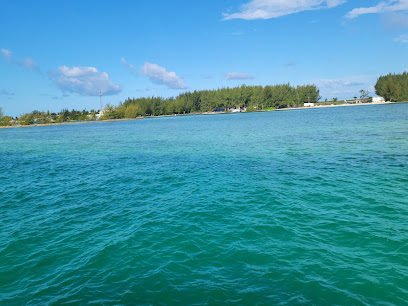
Honeymoon Harbour
Explore Honeymoon Harbour in the Bahamas, a romantic paradise with stunning beaches, vibrant marine life, and unforgettable moments.
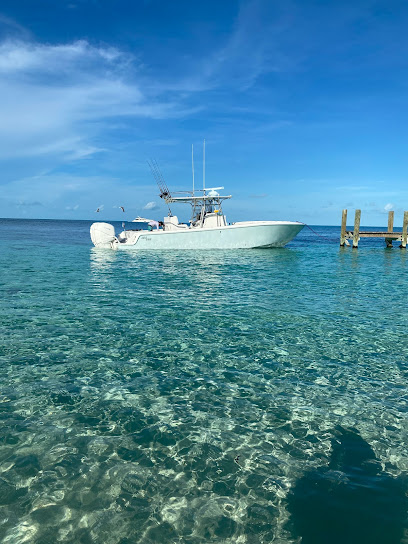
Bimini Biological Field Station
Explore marine conservation at the Bimini Biological Field Station, a unique research institute dedicated to studying and protecting shark populations.
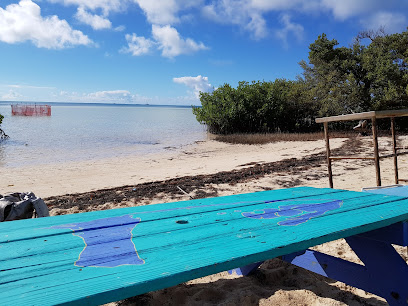
Shark Mound
Explore the breathtaking Shark Mound in the Bahamas, a historical landmark steeped in local lore and surrounded by stunning natural beauty.

Captain Tom's Bimini Island Express Marine Transportation and Tours
Explore the captivating beauty of the Bahamas with Captain Tom's Bimini Island Express, your gateway to unforgettable marine adventures.
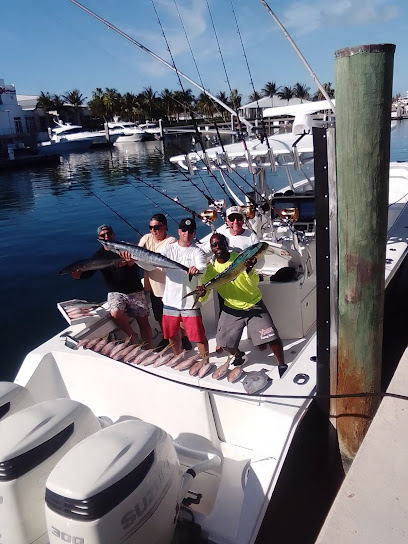
Ministry Of Tourism
Explore the vibrant culture and stunning landscapes of the Bahamas at the Ministry of Tourism in Alice Town, your essential travel resource.
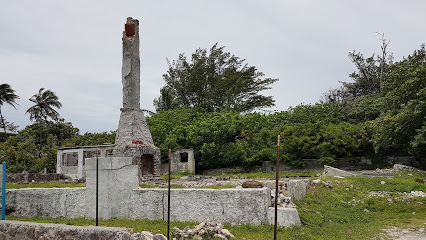
Neal Watson Bimini Scuba Center
Discover the vibrant marine life and stunning dive sites at Neal Watson Bimini Scuba Center, an unforgettable experience in the beautiful Bimini islands.
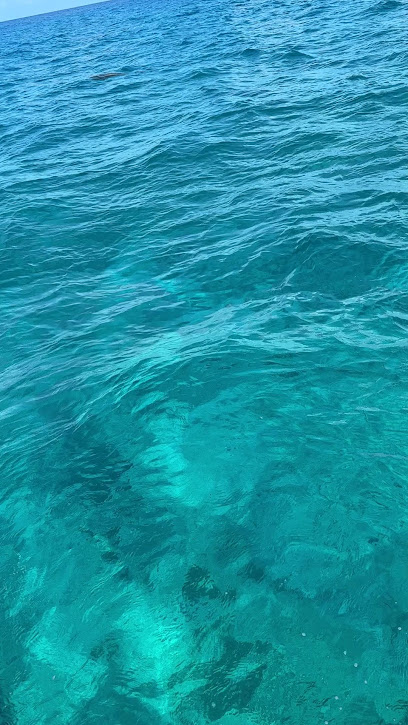
North Bimini
Experience the stunning beaches, rich culture, and vibrant marine life of North Bimini, the idyllic gateway to the Bahamas.
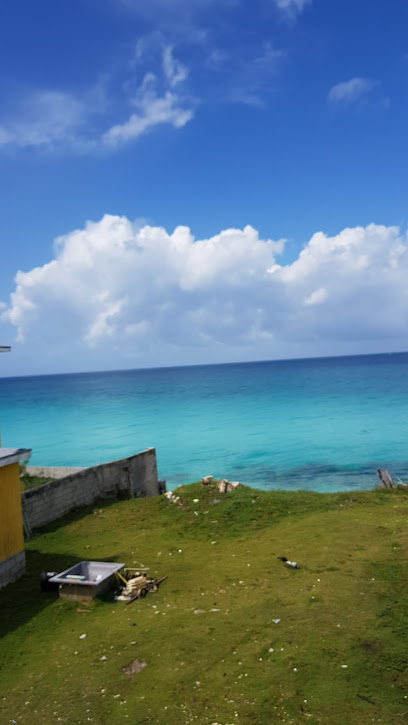
Bimini Beach
Discover the stunning beauty of Bimini Beach, where pristine sands meet crystal-clear waters in a tropical paradise.
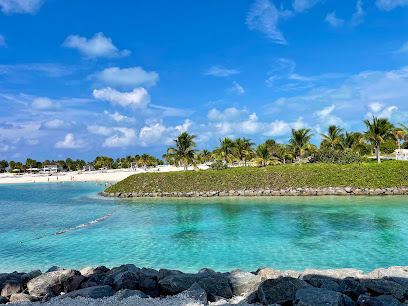
The Bimini Nature Trail
Discover the stunning beauty of the Bimini Nature Trail in Port Royal, a paradise for hikers and nature enthusiasts in the Bahamas.
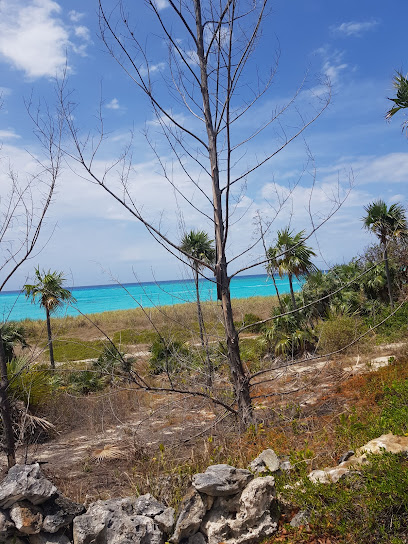
Buccaneer Point
Experience the captivating beauty and tranquility of Buccaneer Point in Alice Town, a must-visit tourist attraction for nature lovers and adventure seekers alike.
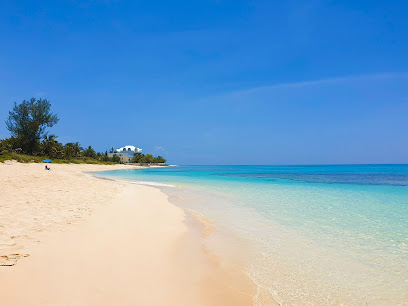
Buccaneer Harbour
Explore Buccaneer Harbour in Alice Town, Bahamas – a tropical paradise for adventure seekers and relaxation lovers alike.

Essential places to dine
Bimini Big Game Club Resort & Marina
Discover adventure and relaxation at Bimini Big Game Club Resort & Marina - your ultimate Bahamian getaway.
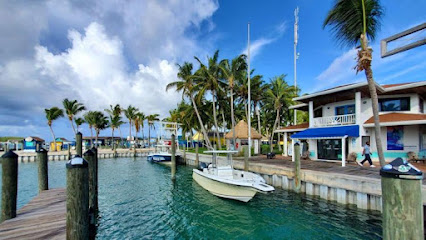
Stuart Conch Salad Stand
Experience authentic Bahamian cuisine at Stuart Conch Salad Stand - home of fresh conch salad amidst Bailey Town's vibrant atmosphere.
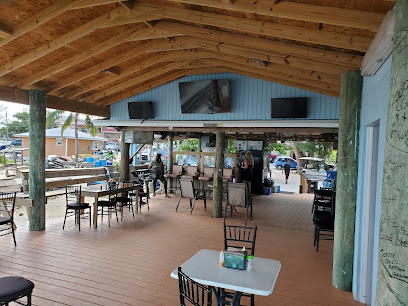
Joe's Conch Stand
Experience authentic Bahamian cuisine at Joe's Conch Stand in Bailey Town - where fresh flavors and local culture meet!

Bimini Big John's
Discover vibrant flavors and lively music at Bimini Big John's - your ultimate Bahamian dining destination in Alice Town.
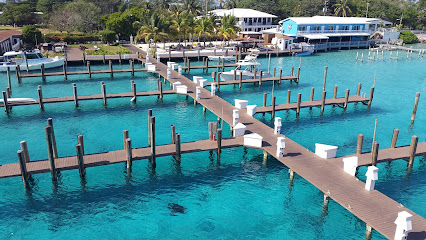
Edith's Pizza
Discover the delightful taste of authentic pizza at Edith's Pizza in Bailey Town - where every slice tells a story.
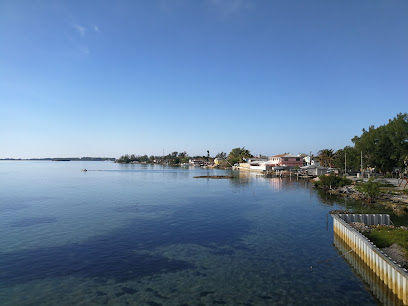
My 3 Daughters Restaurant
Discover authentic Bahamian cuisine at My 3 Daughters Restaurant in Bailey Town—where every dish tells a story.
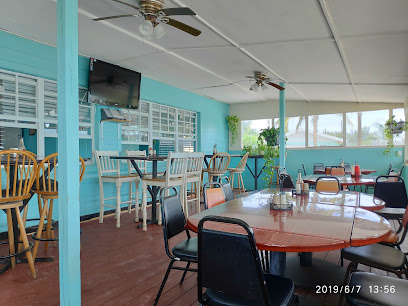
Big Mike’s Fresh Conch Salad
Experience authentic Bahamian seafood at Big Mike's Fresh Conch Salad in Alice Town – a culinary delight not to be missed!
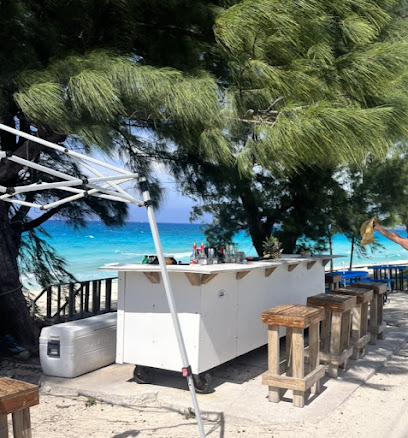
Smitty’s Beach Bar & Restaurant
Experience mouthwatering Bahamian cuisine with stunning ocean views at Smitty’s Beach Bar & Restaurant in Porgy Bay.
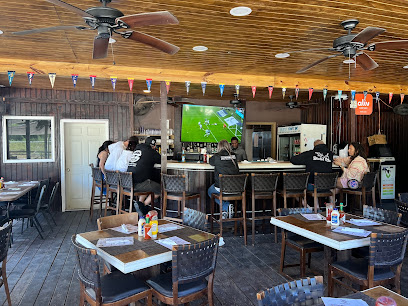
CJ's Deli
Discover delectable dishes at CJ's Deli in Alice Town – where local flavors meet international cuisine in a cozy setting.
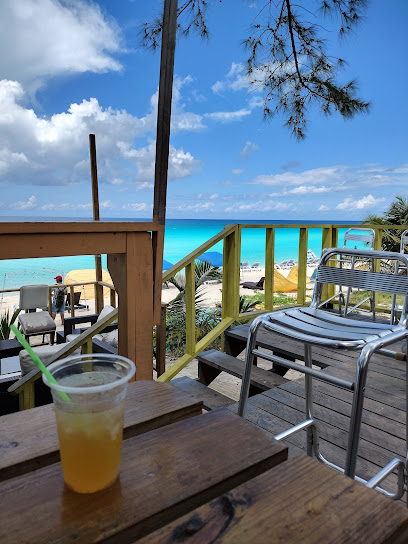
Bimini Seafood Company & Conch Bar
Experience authentic Bahamian cuisine at Bimini Seafood Company & Conch Bar, where fresh seafood meets island hospitality.

Thirsty Turtle
Experience authentic Bahamian flavors at Thirsty Turtle in Alice Town - where culinary excellence meets vibrant island culture.
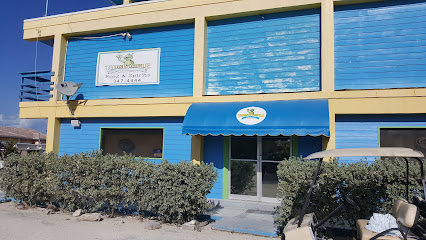
Beach 360
Discover Beach 360: A coastal haven where delicious Western cuisine meets breathtaking ocean views in Bailey Town.

Sherry's Place
Experience authentic local flavors at Sherry's Place in Alice Town – where every meal is a celebration of culinary artistry.

Small's Takeaway
Discover delicious local flavors at Small's Takeaway - an affordable gem in South perfect for every tourist craving authentic cuisine.
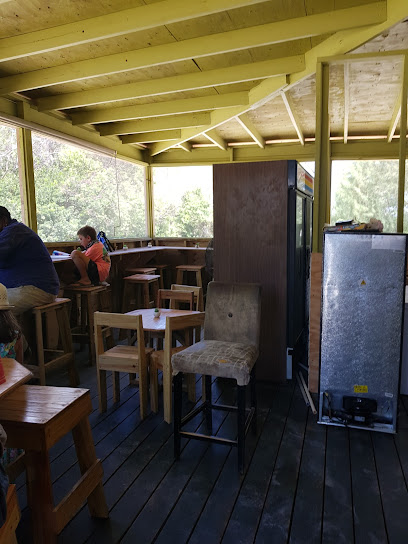
Adrienne's Kitchen
Experience authentic Caribbean cuisine at Adrienne's Kitchen in Bailey Town—where every dish tells a story of flavor and tradition.
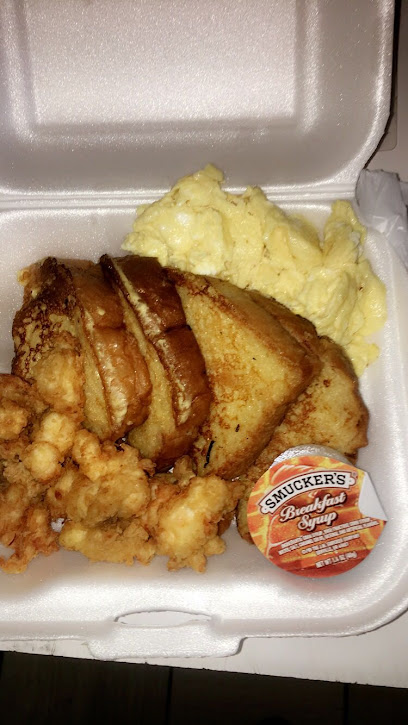
Markets, malls and hidden boutiques
Nate's Bimini Breads
Discover the delightful tastes of Nate's Bimini Breads, a charming bakery in Bailey Town known for its artisanal breads and pastries.
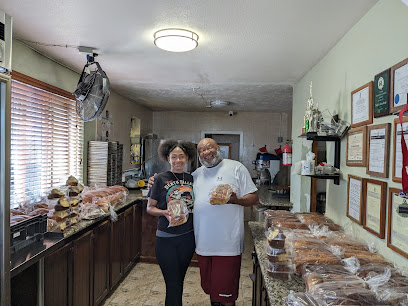
Dolphin House Museum / $10pp
Explore the Dolphin House Museum in Bimini for a unique blend of history, art, and culture, showcasing the vibrant heritage of the Bahamas.
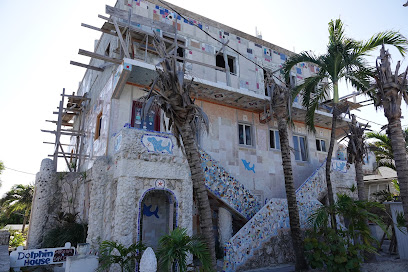
Neal Watson's Bimini Scuba Center
Experience the vibrant underwater world and breathtaking boat tours at Neal Watson's Bimini Scuba Center, a top attraction for adventure seekers in the Bahamas.
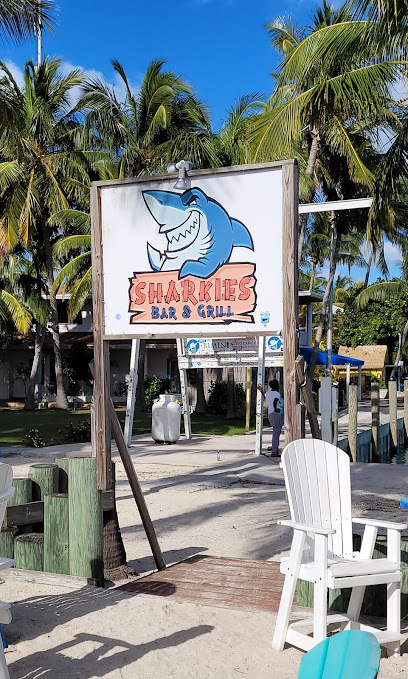
King Brown's Grocery Store
Experience local charm and flavors at King Brown's Grocery Store in Bailey Town, a must-visit for every traveler seeking authentic Bahamian products.
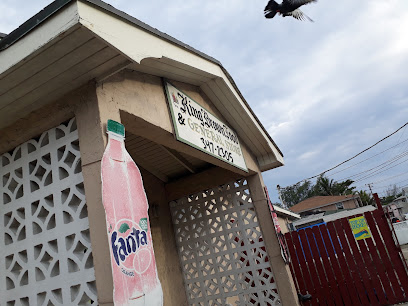
Access Bahamas Bimini
Experience the charm of Bahamian culture at Access Bahamas Bimini, where local crafts and vibrant shopping await in Alice Town.
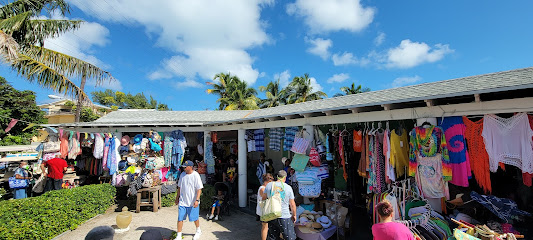
Ms Antoinette
Explore the charm of Ms Antoinette in Bailey Town, a gift shop filled with unique handcrafted treasures and local artistry for the perfect souvenir.
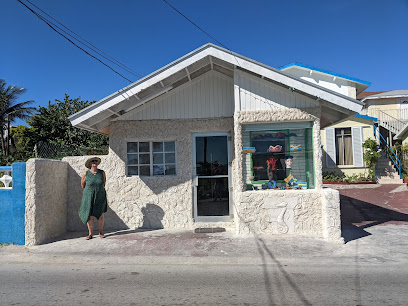
Bonefish Ebbie's Grocery Store
Experience local charm and convenience at Bonefish Ebbie's Grocery Store in Bailey Town, where friendly service meets a unique shopping experience.
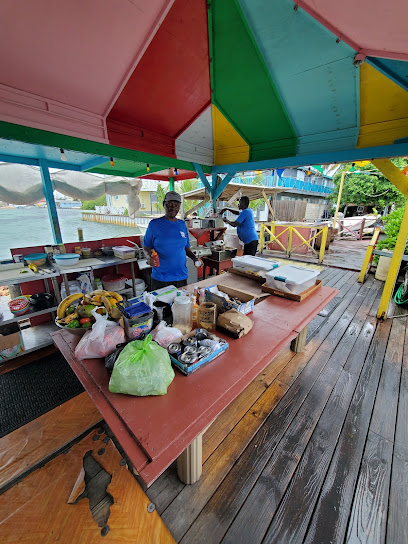
J & T Daily Manna
Experience a delightful blend of local and international flavors at J & T Daily Manna in Bailey Town, perfect for affordable and delicious meals.
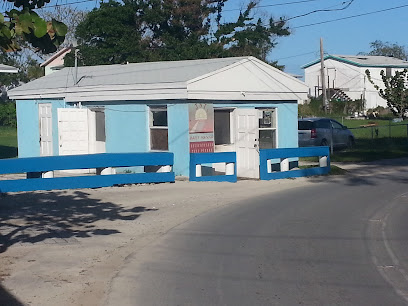
Trev Inn Marketplace
Discover fresh local produce and essentials at Trev Inn Marketplace in Bailey Town, a must-visit grocery store for every traveler.
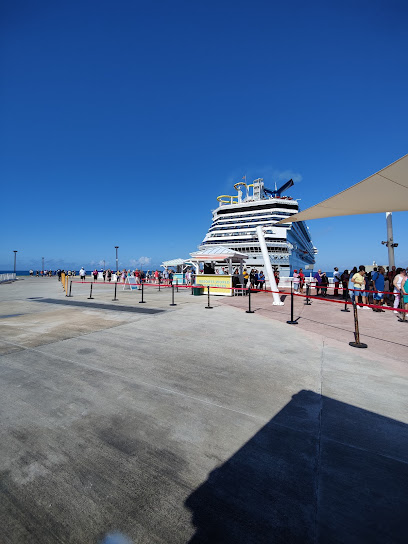
2Z Convenience Store
Discover local flavors and essential supplies at 2Z Convenience Store in Alice Town, a vibrant grocery store reflecting Bahamian culture.
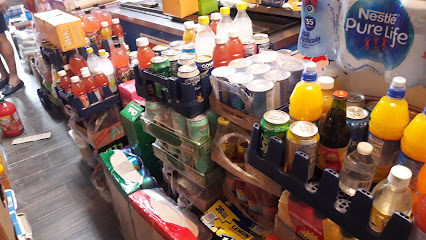
Roberts Groceries
Explore the local flavors of the Bahamas at Roberts Groceries, your essential destination for fresh produce and unique artisanal products.
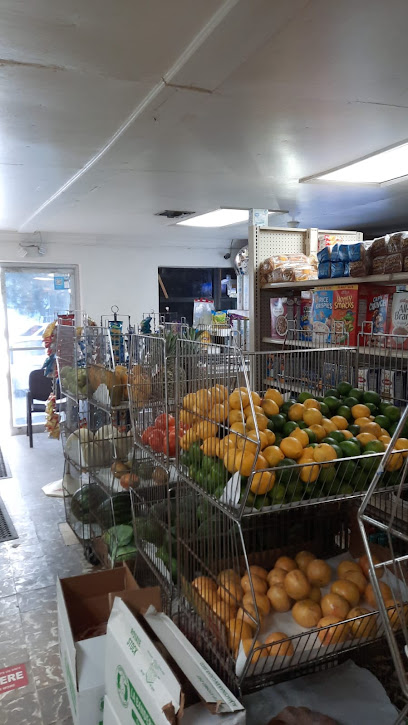
J &J'S GROCERIES store
Discover local flavors and essentials at J & J's Groceries, a vibrant grocery store in the Bahamas offering a taste of island life.
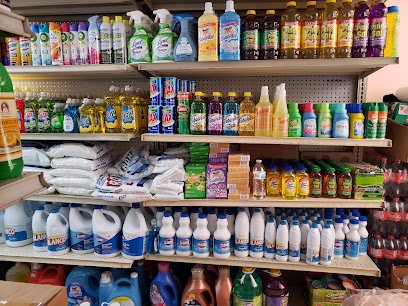
IT Webbs Tech Store
Explore cutting-edge tech at IT Webbs Tech Store in Bailey Town, where every gadget you need is just a visit away.

Sue & Joy General Store
Discover local treasures and unique souvenirs at Sue & Joy General Store in Alice Town, a must-visit shopping destination for tourists.

D&S
Discover D&S in Alice Town, your go-to grocery store for fresh produce, local delicacies, and everyday essentials during your Bahamian adventure.
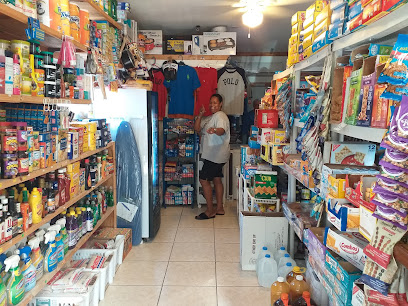
Essential bars & hidden hideouts
Stuart Conch Salad Stand
Discover the authentic flavors of the Bahamas at Stuart Conch Salad Stand, where fresh conch salad meets island hospitality.
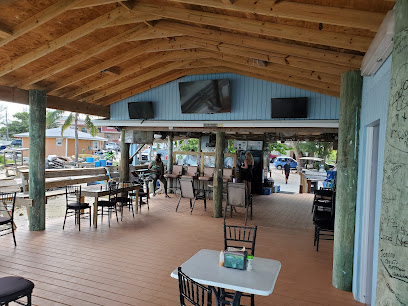
Bimini Big John's
Experience the vibrant spirit of the Bahamas at Bimini Big John's, where delicious food, live music, and tropical vibes come together.
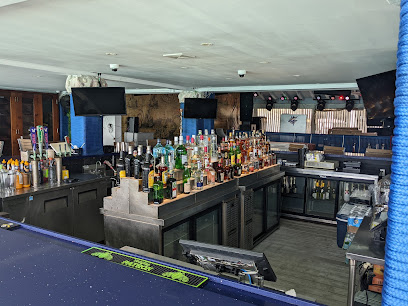
Island House
Discover the vibrant atmosphere of Island House, a premier bar in Alice Town, offering refreshing drinks and a lively tropical vibe.
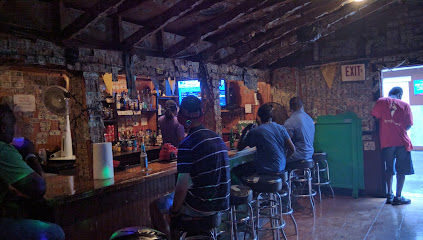
Smitty’s Beach Bar & Restaurant
Discover the vibrant flavors of the Bahamas at Smitty’s Beach Bar & Restaurant, where each meal is accompanied by stunning ocean views.
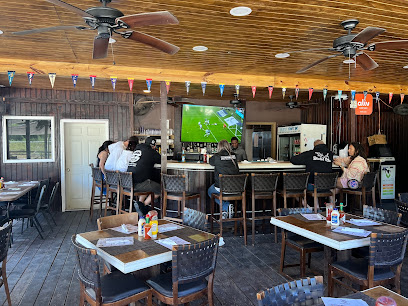
Bimini Seafood Company & Conch Bar
Discover the ultimate seafood experience at Bimini Seafood Company & Conch Bar, where local flavors and fresh ingredients meet.
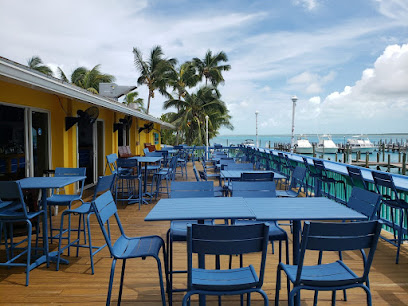
Thirsty Turtle
Experience the vibrant flavors of the Bahamas at Thirsty Turtle, a beloved restaurant in Alice Town offering a delightful culinary journey.
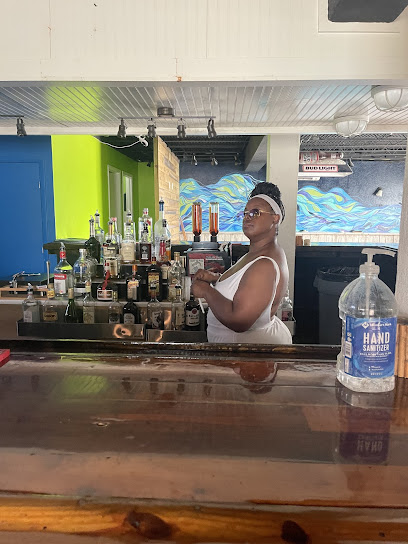
Da Ranch Bar
Experience the vibrant nightlife and local flavors at Da Ranch Bar in Bailey Town, where island life meets relaxation and fun.
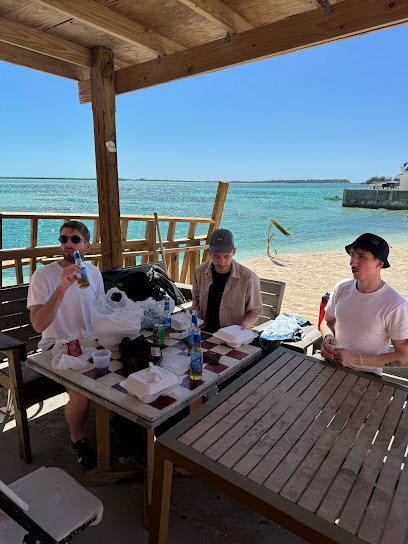
Shadow's Coconut Bar
Discover the vibrant atmosphere and tropical delights at Shadow's Coconut Bar in Alice Town, the ultimate bar experience for tourists seeking relaxation and fun.
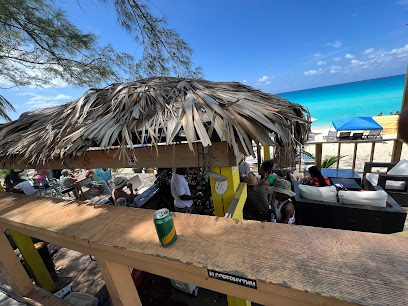
I 95 Bar N Grill
Discover the lively spirit of Bailey Town at I 95 Bar N Grill, where great food and drinks meet a vibrant atmosphere.
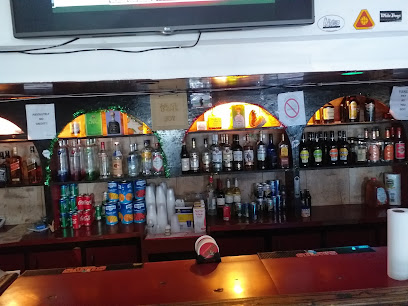
Coconut Brian
Discover Coconut Brian in Alice Town, a vibrant bar serving refreshing tropical cocktails in a lively and welcoming atmosphere.
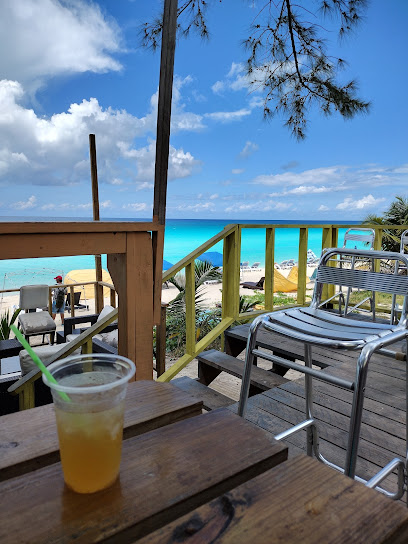
The Big Dipper
Experience the vibrant flavors of Alice Town at The Big Dipper, a must-visit restaurant for tourists craving authentic Bahamian cuisine.
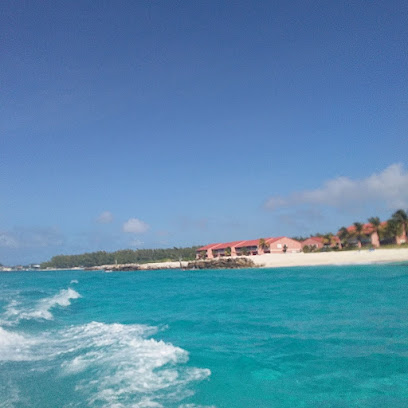
Fourtys Bar
Discover the lively atmosphere of Fourtys Bar in Alice Town, where vibrant nightlife and delicious cocktails await every traveler.
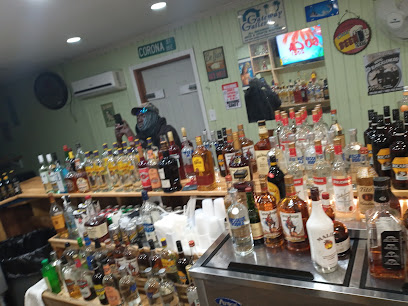
The Sushi Bar
Discover the flavors of Japan at The Sushi Bar, an exquisite dining experience within Hilton at Resorts World Bimini.
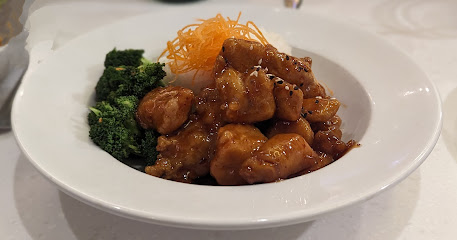
End of the World Saloon and Snack Bar
Discover the laid-back charm of the End of the World Saloon and Snack Bar in Bimini, where Caribbean flavors meet stunning sea views.
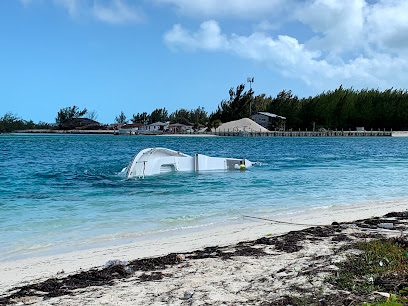
ALAMO'S COCONUT BAR & GRILL
Experience the ultimate barbecue delight at Alamo's Coconut Bar & Grill, where every bite is a taste of the Bahamas' rich culinary heritage.
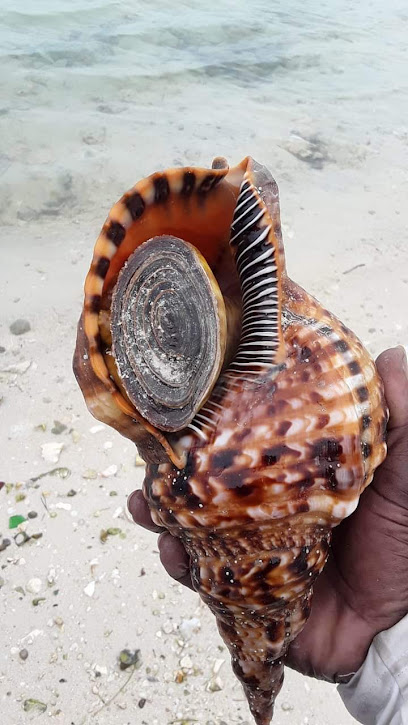
Local Phrases
-
- HelloHey
[Hey] - GoodbyeBye
[Bye] - YesYeah, mon
[Yeah, mon] - NoNah
[Nah] - Please/You're welcomePlease
[Please] - Thank youThank ya
[Thank ya] - Excuse me/SorrySarry
[Sarry] - How are you?How ya doin'?
[How ya doin'?] - Fine. And you?Irie. An' you?
[Irie. An' you?] - Do you speak English?Ya speak English?
[Ya speak English?] - I don't understandI doan' get ya
[I doan' get ya]
- HelloHey
-
- I'd like to see the menu, pleaseLemme see de menu, please
[Lemme see de menu, please] - I don't eat meatI doan' eat no meat
[I doan' eat no meat] - Cheers!Cheers!
[Cheers!] - I would like to pay, pleaseI wan' pay, please
[I wan' pay, please]
- I'd like to see the menu, pleaseLemme see de menu, please
-
- Help!Help!
[Help!] - Go away!Go 'way!
[Go 'way!] - Call the Police!Call de Police!
[Call de Police!] - Call a doctor!Call a doc!
[Call a doc!] - I'm lostI lost
[I lost] - I'm illI sick
[I sick]
- Help!Help!
-
- I'd like to buy...I wan' buy...
[I wan' buy...] - I'm just lookingI jus' lookin'
[I jus' lookin'] - How much is it?How much dis cost?
[How much dis cost?] - That's too expensiveDat too much money
[Dat too much money] - Can you lower the price?Can ya drop de price?
[Can ya drop de price?]
- I'd like to buy...I wan' buy...
-
- What time is it?What time it be?
[What time it be?] - It's one o'clockIt one o'clock
[It one o'clock] - Half past (10)Half past (10)
[Half past (10)] - MorningMornin'
[Mornin'] - AfternoonAfternoon
[Afternoon] - EveningEvenin'
[Evenin'] - YesterdayYesterday
[Yesterday] - TodayToday
[Today] - TomorrowTomorrow
[Tomorrow] - 1One
[One] - 2Two
[Two] - 3Three
[Three] - 4Four
[Four] - 5Five
[Five] - 6Six
[Six] - 7Seven
[Seven] - 8Eight
[Eight] - 9Nine
[Nine] - 10Ten
[Ten]
- What time is it?What time it be?
-
- Where's a/the...?Where de...?
[Where de...?] - What's the address?What de address be?
[What de address be?] - Can you show me (on the map)?Can ya show me (on de map)?
[Can ya show me (on de map)?] - When's the next (bus)?When de next (bus) be?
[When de next (bus) be?] - A ticket (to ....)A ticket (to ....)
[A ticket (to ....)]
- Where's a/the...?Where de...?
History of Bimini
-
Before European contact, the islands of Bimini were inhabited by the Lucayan people, part of the larger Taíno group. These indigenous people lived in a society based on fishing, agriculture, and trade. They were skilled navigators and used canoes to travel between the islands. Their traditional way of life included complex social structures, religious rituals, and impressive craftsmanship, especially in pottery and weaving.
-
In 1513, Spanish explorer Juan Ponce de León arrived in Bimini during his quest for the legendary Fountain of Youth. Although he never found the fabled waters, his voyage marked one of the first recorded European encounters with the islands. The Spanish influence left its mark on the region, with Bimini appearing in early European maps and records.
-
During the 17th and 18th centuries, Bimini became a haven for pirates and privateers who roamed the Caribbean Sea. The islands' strategic location and hidden coves provided excellent hideouts for infamous pirates like Blackbeard and Henry Morgan. These outlaws used Bimini as a base to launch attacks on merchant ships, contributing to the islands' reputation as a pirate stronghold.
-
The Prohibition era (1920-1933) in the United States brought a surge of activity to Bimini. The islands became a key point for rum running, with smugglers transporting illegal alcohol from the Bahamas to the U.S. The close proximity to Florida made Bimini an ideal location for this clandestine trade, attracting notorious figures and contributing to the islands' colorful history.
-
Famed American author Ernest Hemingway frequented Bimini in the 1930s, drawn by the islands' natural beauty and abundant fishing opportunities. Hemingway's time in Bimini inspired parts of his novel 'Islands in the Stream.' He stayed at the Compleat Angler Hotel, which became an iconic landmark until it was destroyed by fire in 2006. Hemingway's legacy remains a significant aspect of Bimini’s cultural heritage.
-
Discovered in 1968, the Bimini Road is an underwater formation of large limestone blocks off the coast of North Bimini. Some believe these stones are remnants of the lost city of Atlantis, sparking debates and theories among archaeologists and historians. While its true origin remains a mystery, the Bimini Road continues to attract researchers and tourists intrigued by the possibility of ancient civilizations.
-
Today, Bimini is known for its vibrant culture, pristine beaches, and rich marine life. The islands have become a popular destination for fishing, diving, and water sports, attracting visitors from around the world. Despite its modern developments, Bimini retains its historical charm and continues to celebrate its unique heritage through festivals, museums, and cultural events.
Bimini Essentials
-
Bimini is accessible by air and sea. The South Bimini Airport (BIM) receives flights from Nassau and Fort Lauderdale, Florida. You can also take a ferry from Miami or Fort Lauderdale, with travel time ranging from two to three hours. Private yachts and boats can dock at various marinas on the island.
-
Getting around Bimini is straightforward. Golf carts and bicycles are popular rental options and offer a convenient way to explore the island. Taxis are available but may be more expensive. Some accommodations offer shuttle services to popular spots. Walking is also feasible, especially in Alice Town.
-
The official currency of The Bahamas is the Bahamian Dollar (BSD), which is on par with the US Dollar (USD). Both currencies are widely accepted. Credit cards are accepted at most hotels, restaurants, and shops, but it is advisable to carry some cash for smaller establishments and tips. ATMs are available in Alice Town.
-
Bimini is generally safe for tourists, but standard precautions should be taken. Avoid isolated areas at night and always be aware of your surroundings. Petty crime such as pickpocketing can occur, so keep your belongings secure. Alice Town has a higher concentration of tourists, so stay vigilant in crowded places.
-
In case of emergency, dial 911 for immediate assistance. The local police station is located in Alice Town, and there are medical facilities available for urgent care. It is highly recommended to have travel insurance that covers medical emergencies. For minor health issues, there are pharmacies where you can purchase over-the-counter medications.
-
Fashion: Do wear light, breathable clothing suitable for a tropical climate. Swimsuits are acceptable on the beach but not in town. Religion: Do respect local customs and traditions. Public Transport: Do be patient; services may not always run on a strict schedule. Greetings: Do greet people with a friendly 'Hello' or a nod. Eating & Drinking: Do try local dishes such as conch salad. Don't refuse hospitality, as it is considered impolite.
-
To experience Bimini like a local, visit the local fish fry events and try freshly caught seafood. Engage with the friendly locals, who are often willing to share stories about the island's history and culture. Don't miss the chance to explore the Bimini Road and the Fountain of Youth. For a unique experience, join a local fishing or diving tour.
Trending Landmark in Bimini
-
Hilton at Resorts World Bimini
-
Virgin Voyages’ the Beach Club at Bimini
-
Radio Beach
-
Bimini Big Game Club Resort & Marina
-
Stuart Conch Salad Stand
-
Bimini Cruise Port
-
Joe's Conch Stand
-
Bimini Big John's
-
Edith's Pizza
-
Bimini Cove Resort & Marina
-
Fisherman's Village Marina
-
Nate's Bimini Breads
-
My 3 Daughters Restaurant
-
Dolphin House Museum / $10pp
-
Big Mike’s Fresh Conch Salad
Nearby Cities to Bimini
-
Things To Do in Miami
-
Things To Do in Fort Lauderdale
-
Things To Do in Lucaya
-
Things To Do in Freeport
-
Things To Do in Homestead
-
Things To Do in Key Largo
-
Things To Do in Stuart
-
Things To Do in Andros Town
-
Things To Do in Nassau
-
Things To Do in Ft. Pierce
-
Things To Do in Harbour Island
-
Things To Do in Fort Myers
-
Things To Do in Cape Coral
-
Things To Do in Key West
-
Things To Do in Sebring








